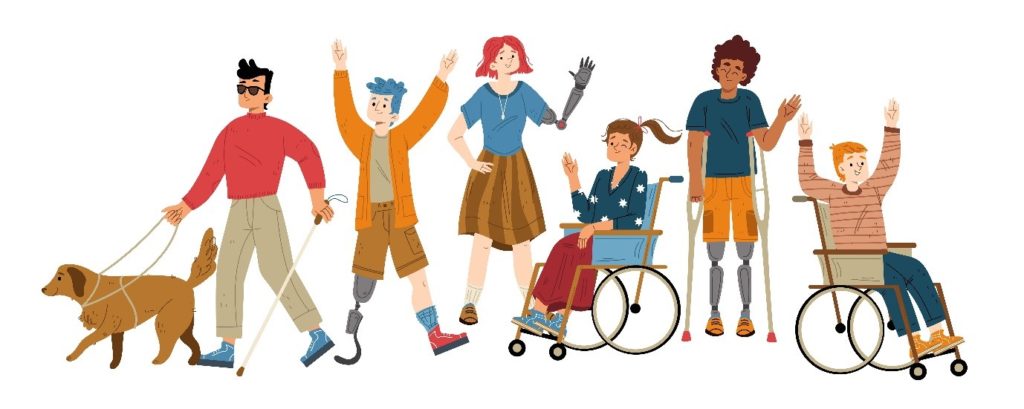Accessibility in museum and culture sector (this aspect will be of interest to us in the presentation of the topic) means using different technical solutions in such a way as to meet the needs of different audiences. As the definition of the word „museum” says, its four basic functions are: collecting, storing, scientifically developing and making collections accessible. So it seems logical that museums should make their collections accessible to all interested people, regardless of their handicap. Awareness of good solutions used across Europe and even the world is increasing which of course depends on living standards and the degree of development and understanding of culture in a country. The adaptation of the museum offer to the needs of different audiences is dictated by legislation and statutory necessity, but also by the growing awareness of decision-makers about what facilities should offer so that every person can fully participate in the reception of art and cultural heritage.

The concept of accessibility is very broad and will be understood quite differently through the prism of each specific disability or need. So adapting a museum to the requirements of a blind person brings very different challenges than adapting to a person with an intellectual disability. And this can be the biggest difficulty for museums, both for technical, organisational and financial reasons.
Looking more closely at the definition of digital accessibility, it is important to note the multiple interpretations of the term (e.g. „friendliness, obligation and opportunity”, „human right” or „WCAG 2.1 compliance”). In the simplest terms, it could be said that digital accessibility is an approach to the creation of websites, applications, software and content that enables them to be received by all users, regardless of their disability, on an equal basis with others.
What makes digital content accessible?
The Web Content Accessibility Guidelines are international standards that have identified four accessibility principles. These are sometimes known by the acronym, „POUR”:
- Perceivable: People can perceive of content through at least one of their senses.
- Operable: People can use interactive elements, no matter how they interact with the content.
- Understandable: People should be able to understand what the content means and how to use it.
- Robust: people should be able to use them on any device or with any type of assistive technology.
